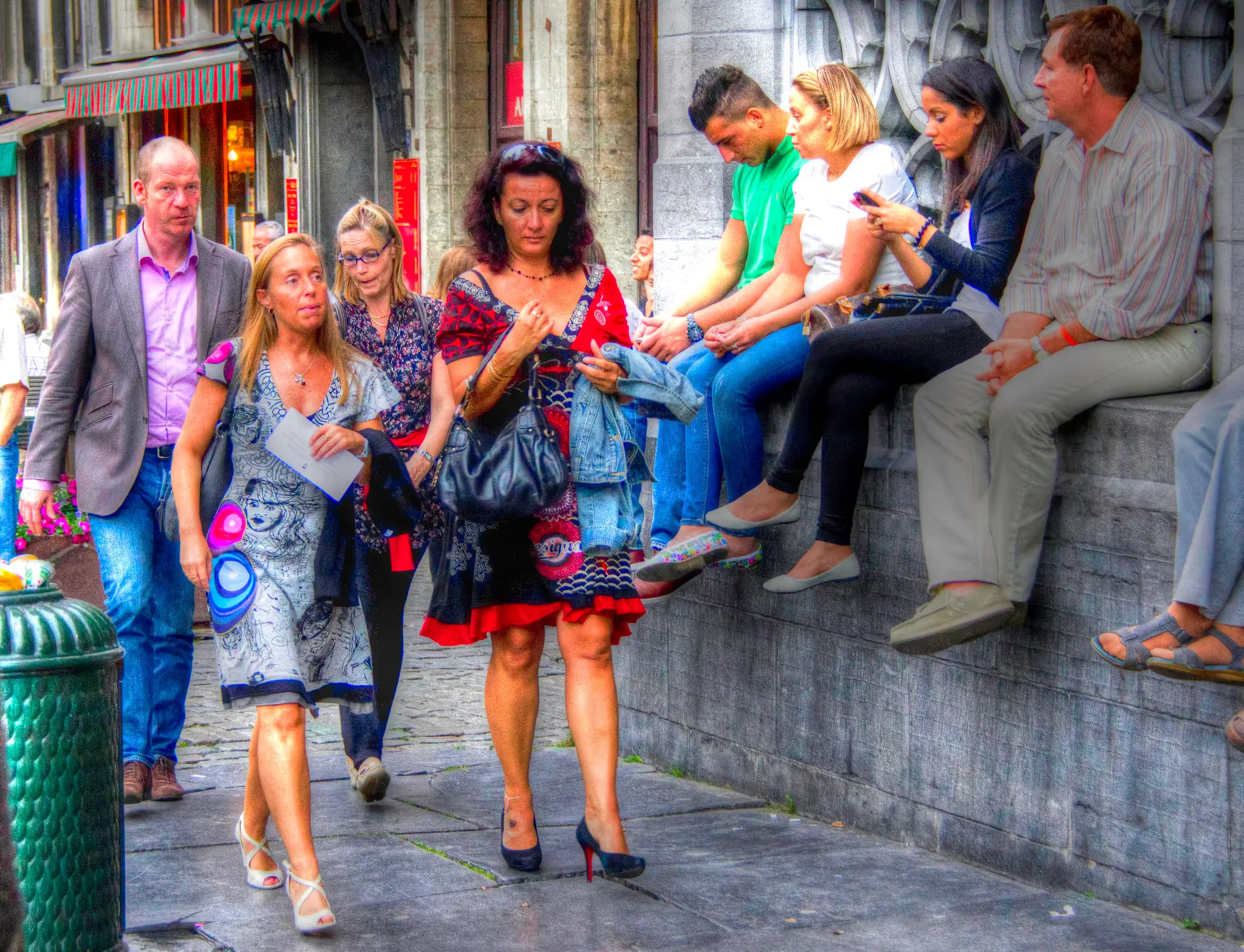A biweekly newsletter with public space news, resources, and opportunities.
A curated dispatch on all things public markets plus the latest announcements from the Market Cities Program.
Please note that these Hall of Shame nominations were written in a moment in time (most over a decade ago) and likely have since changed or even been transformed. If the above entry is now great, or still not so great, go ahead and comment below on how it has evolved or nominate it as a great place.


Though the restored Grand Place has been around for more than a hundred years, it continues to evolve while serving both the local community and tourists. Many of the historic sites on the square, like the Guilds’ Houses and the King’s House, have been preserved as museums, drawing both locals and visitors to learn about the history of Brussels and of Grand Place. These publicly accessible buildings also provide a rare opportunity to observe the city and the square from above. While museums occupy much of the northern edge of the Square, there is a great diversity in uses along the Grand Place: food stalls, souvenir stands and cafés, bars and restaurants all sit behind the historic Gothic and Baroque façades, and they help maintain the square’s reputation as a hub for commercial activity in Brussels. Even as a commercial center, Grand Place remains the site of the Brussels City Hall, making the square an important site for the political and civic life of the city.
Grand Place (“Grote Markt” in Flemish) is located in the center of the historic city of Brussels. Since its establishment in the 10th century -- the same time as the Belgian capital -- this public square has had a number of different functions, as the central location of Brussels City Hall (l’Hôtel de Ville) and its surrounding food markets made the square a natural meeting point and a hub for social, commercial, and political life. Grand Place and much of the surrounding urban fabric was destroyed, however, during the Bombardment of Brussels by French troops in 1695. Under the supervision of the City Magistrate, the square was entirely rebuilt by the medieval guilds in the Gothic style of the original buildings. After its reconstruction and a major restoration in the late-19th century, today Grand Place still resembles its original design, and it is one of the best examples of Gothic architecture in the world (while some of the more recent additions to the square, like the Bell Tower and the King’s House, reflect a Baroque Style). For its aesthetic continuity, historic architecture, and its continued centrality to all aspects of public life in Brussels, Grand Place was recognized as a UNESCO World Heritage Site in 1998.


*Please note that these Hall of Shame nominations were written in a moment in time (most over a decade ago) and likely have since changed or even been transformed. If the above entry is now great, or still not so great, go ahead and comment below on how it has evolved or nominate it as a great place.